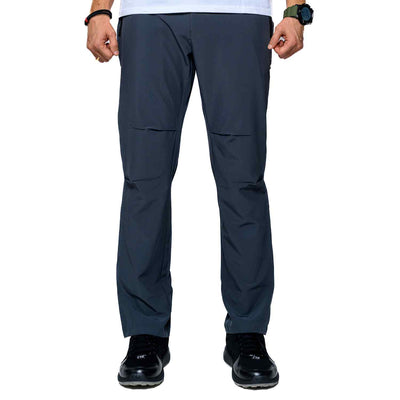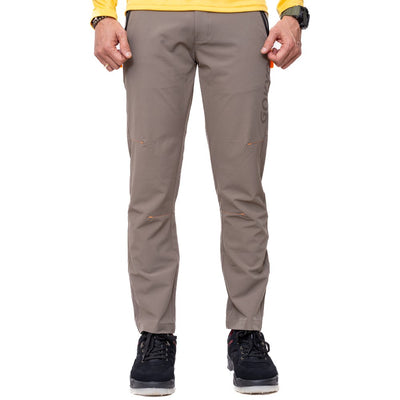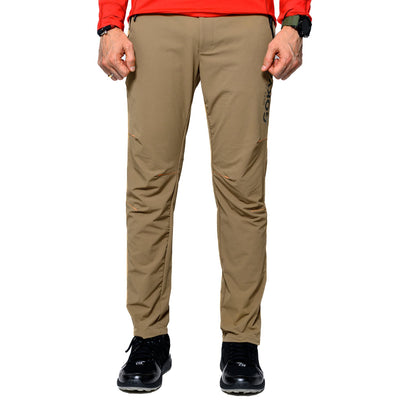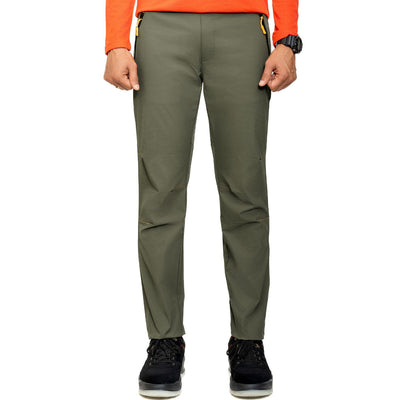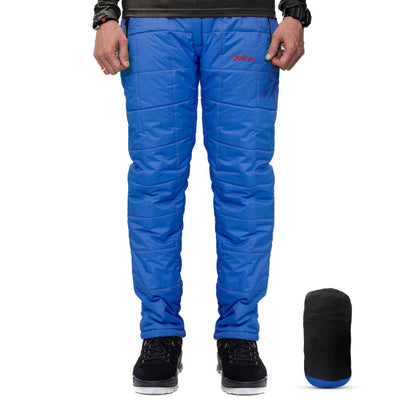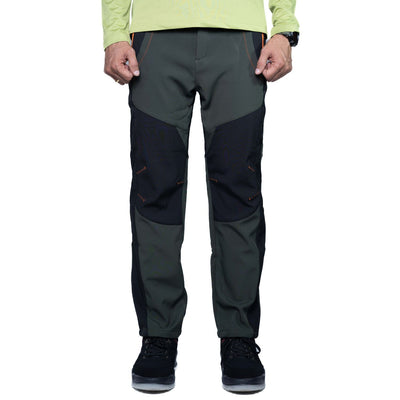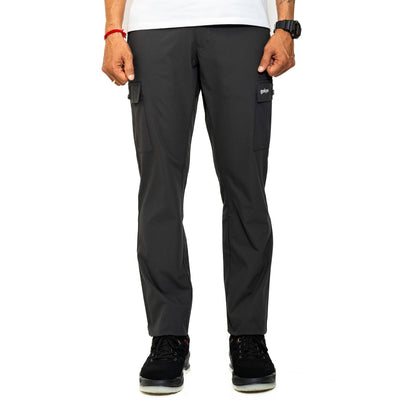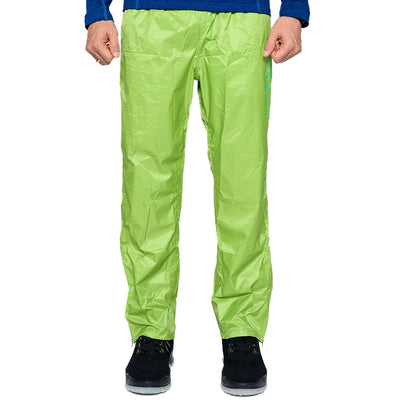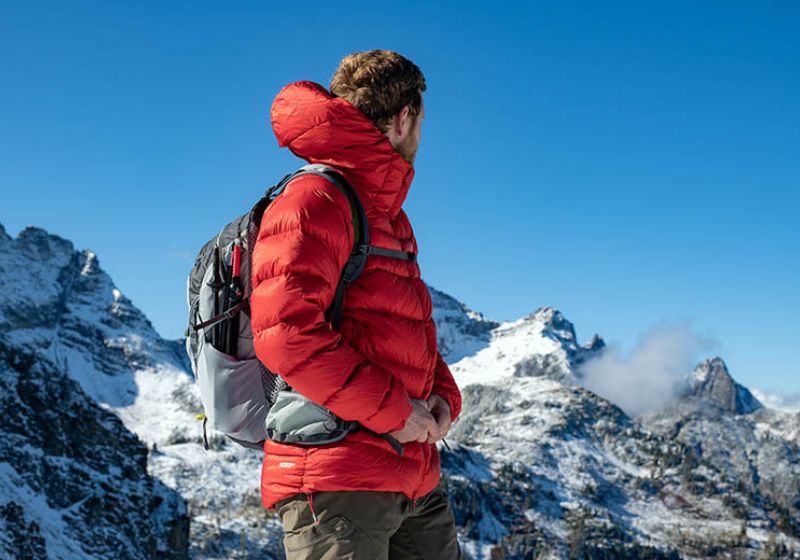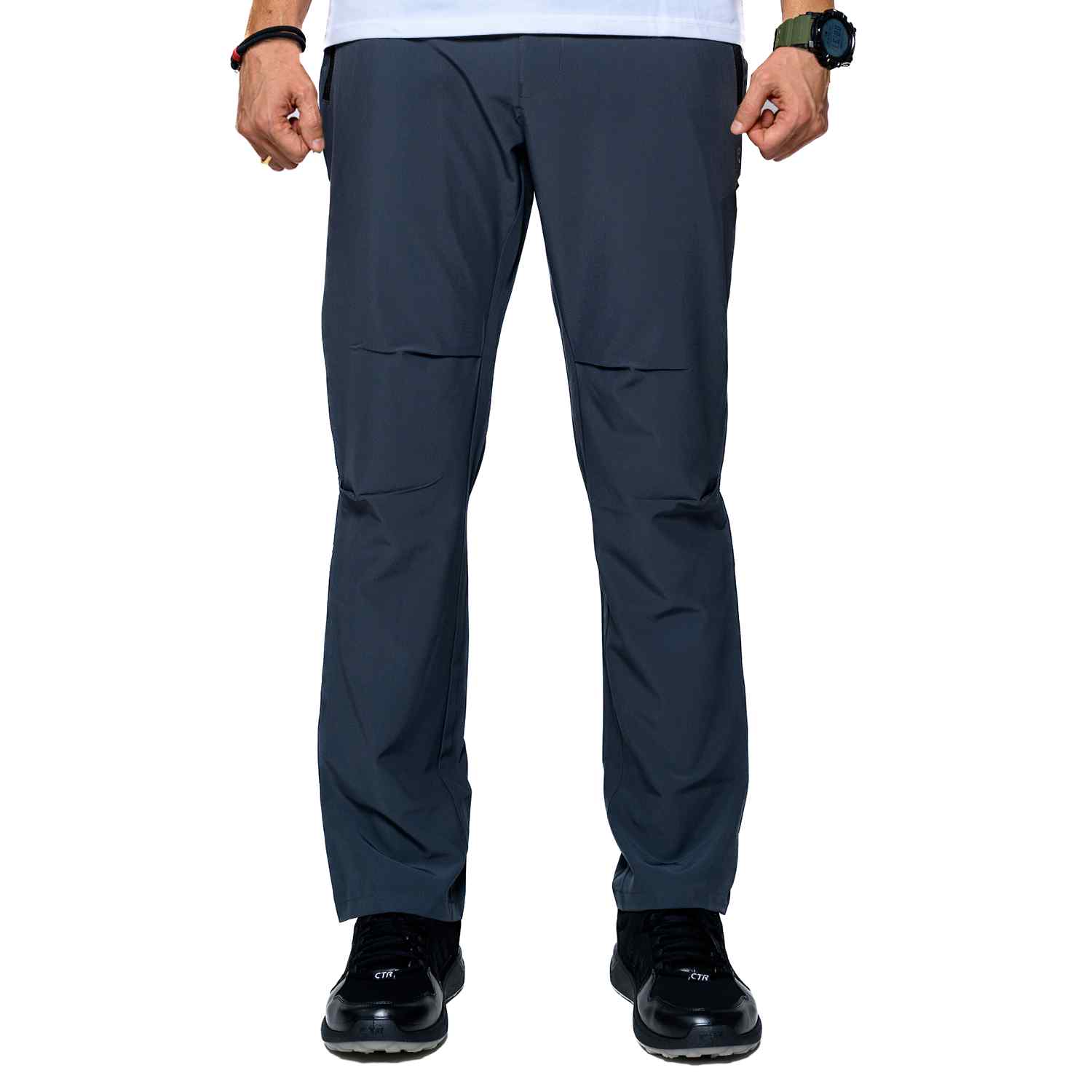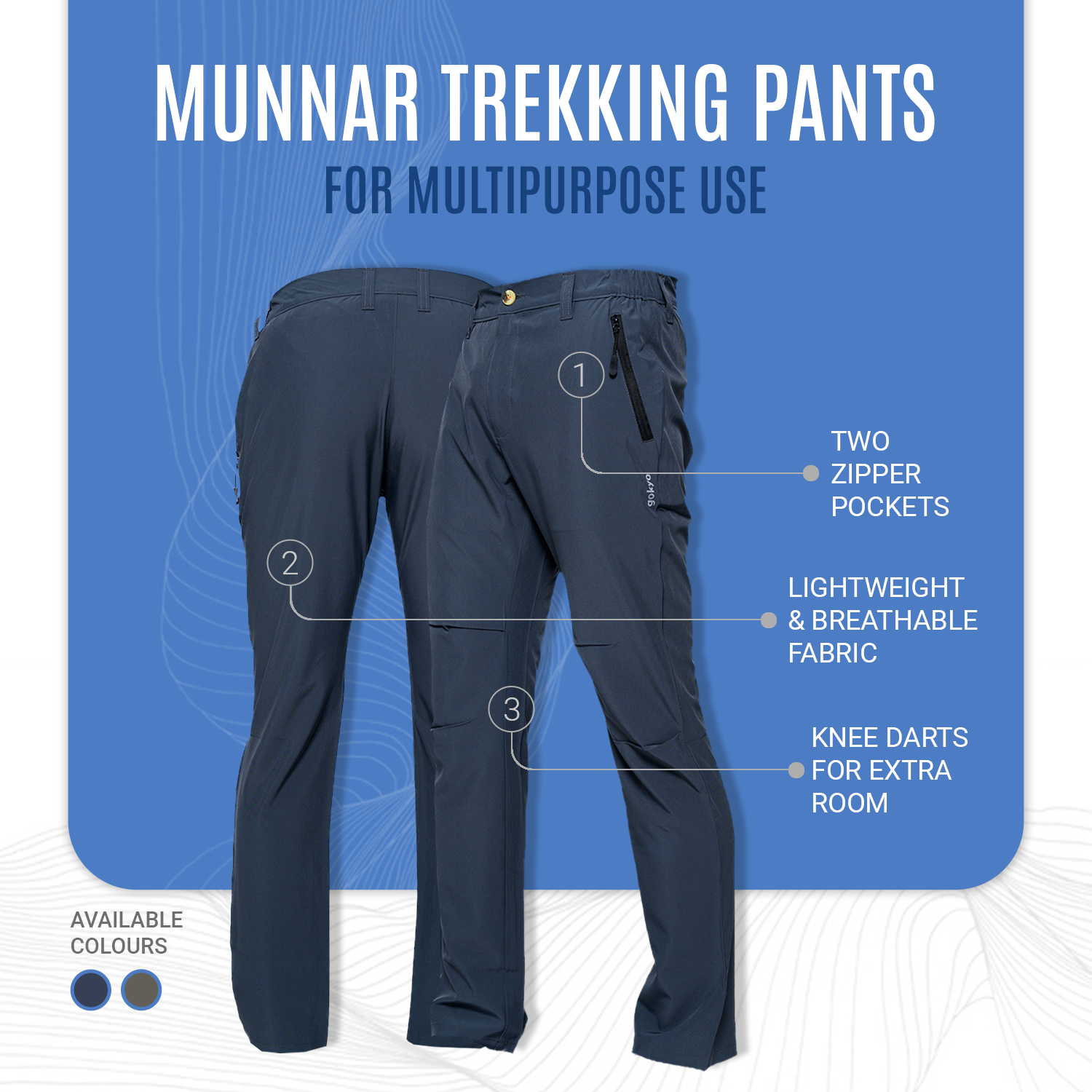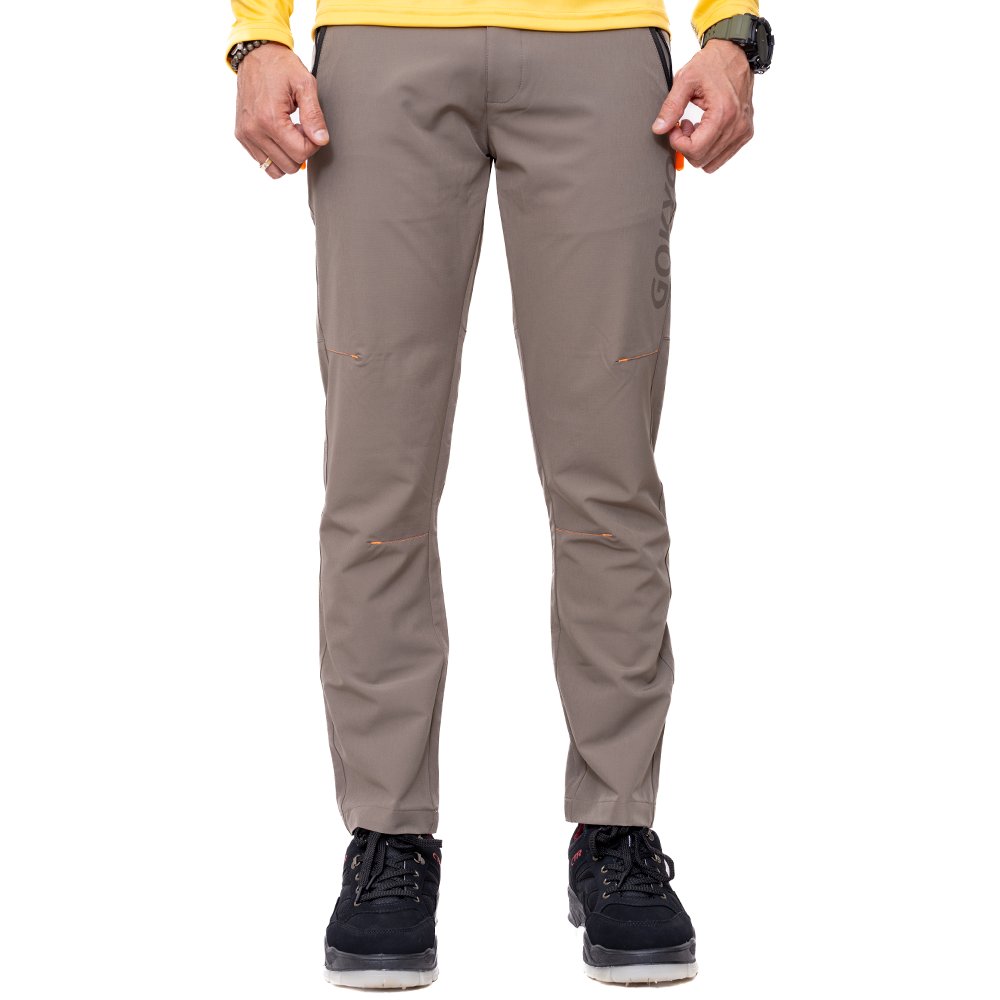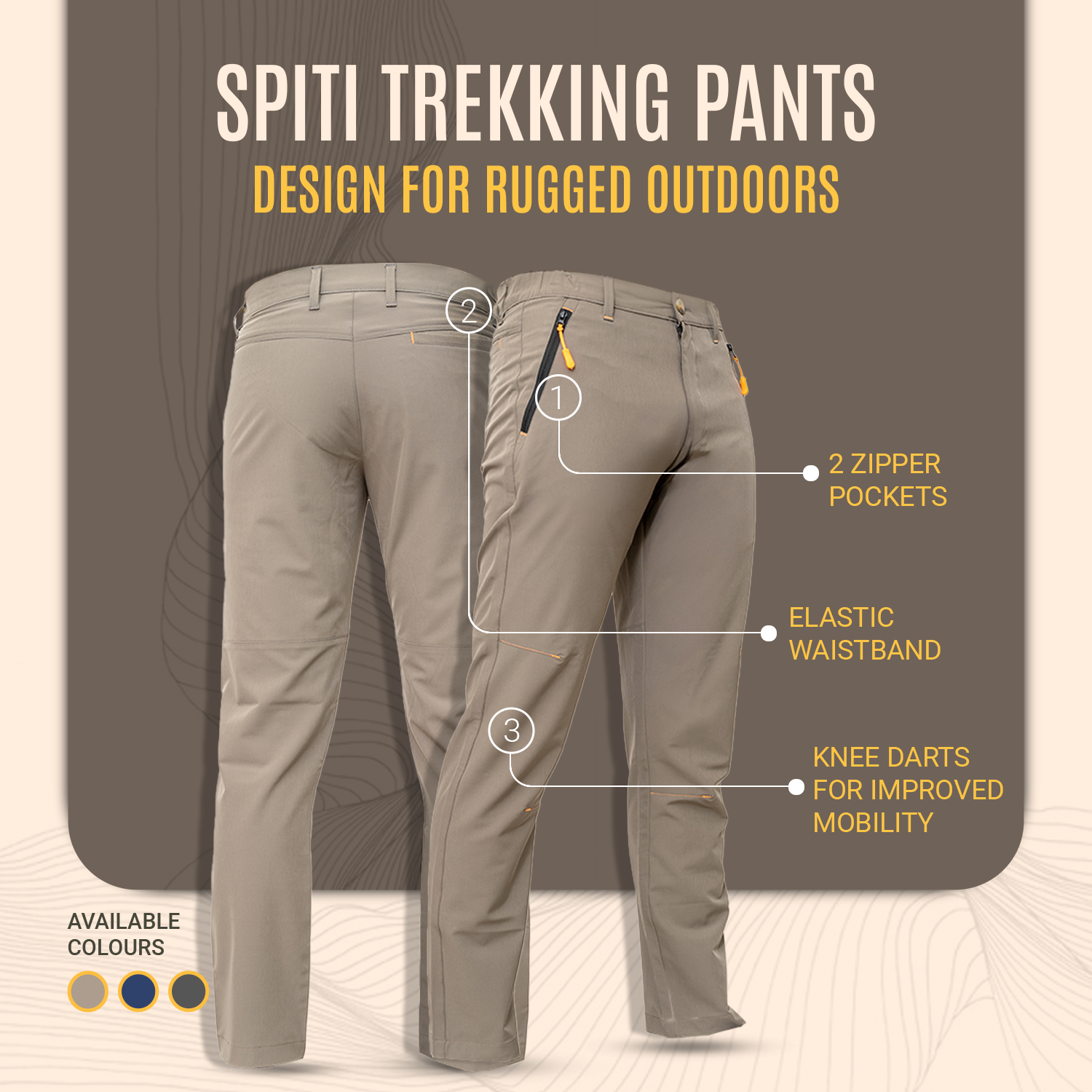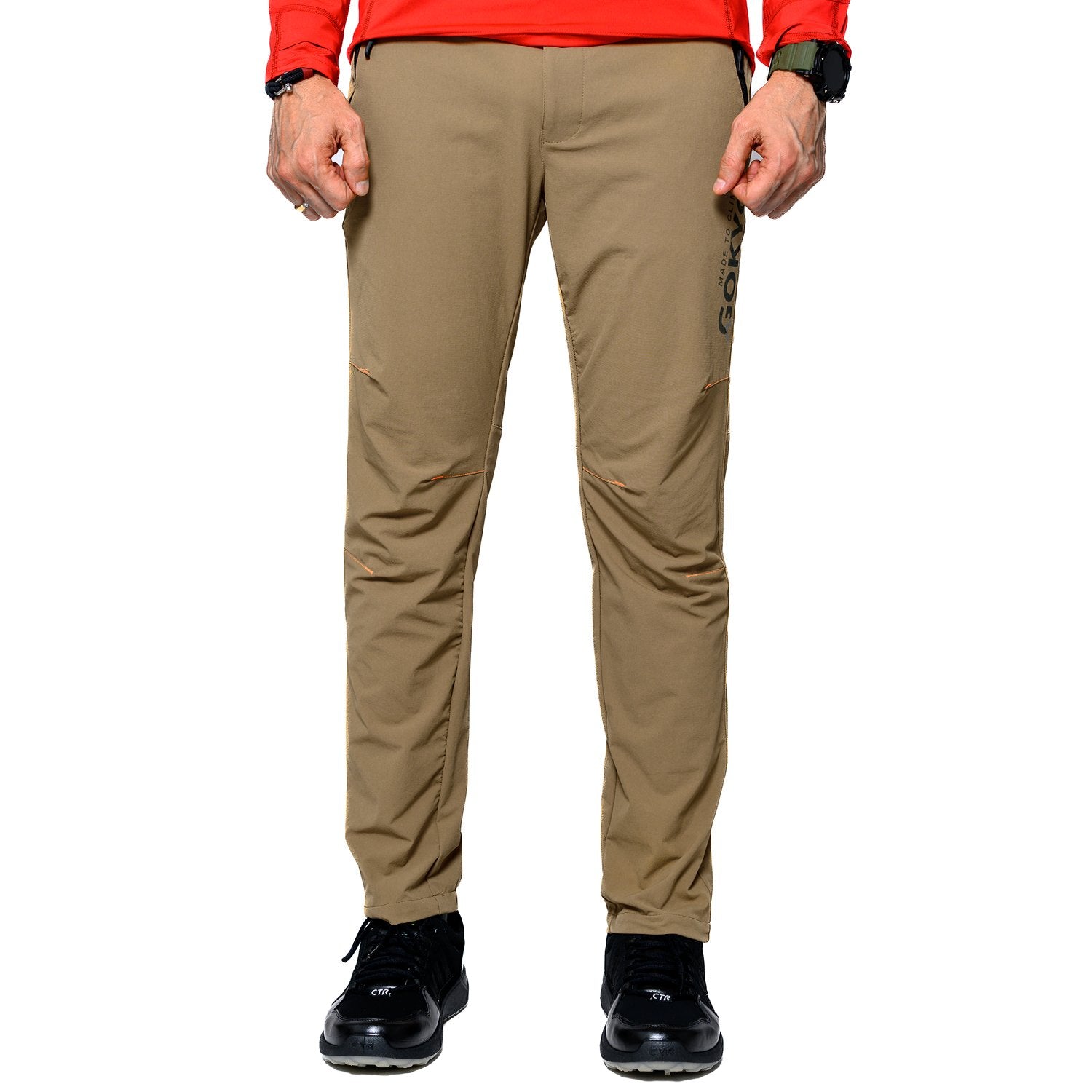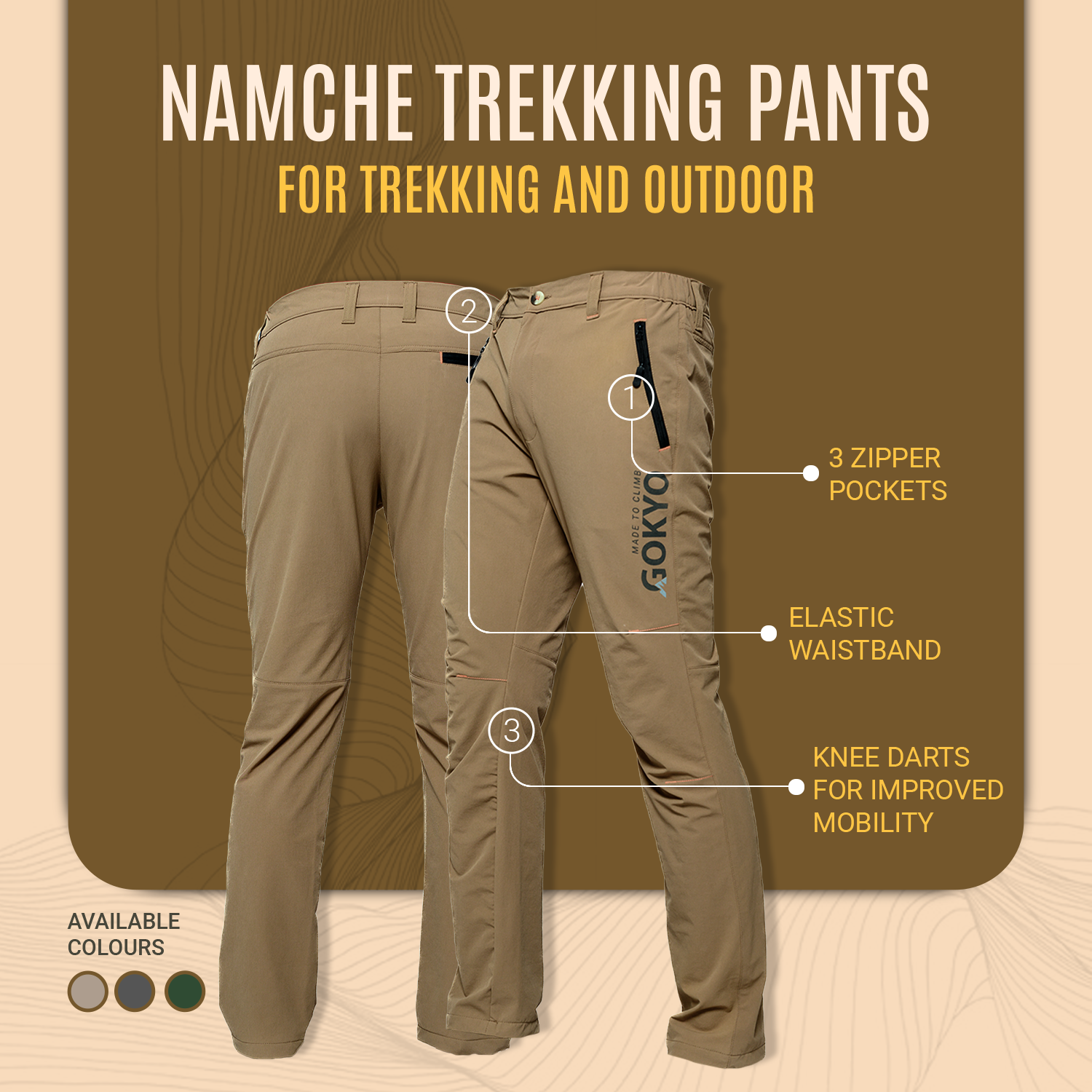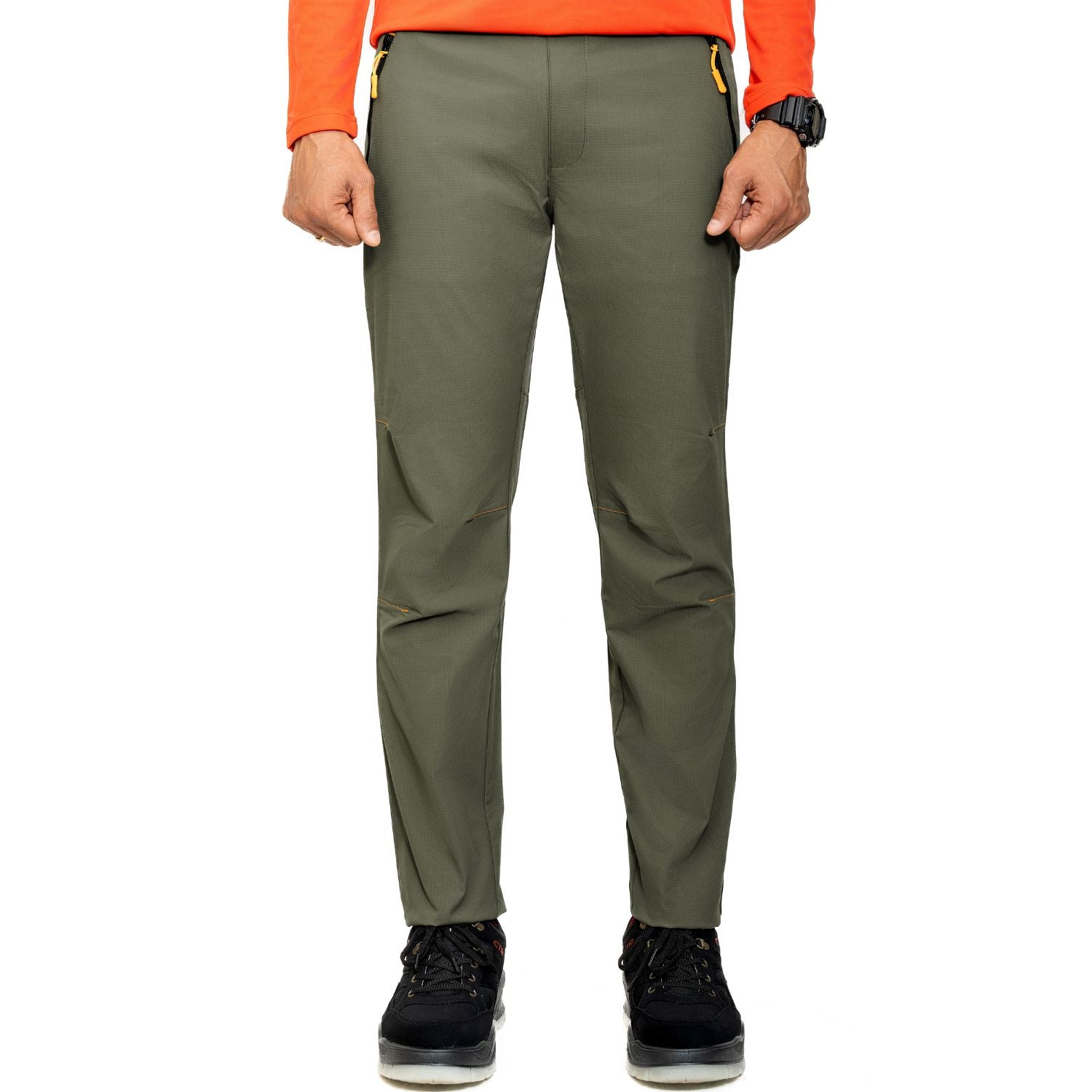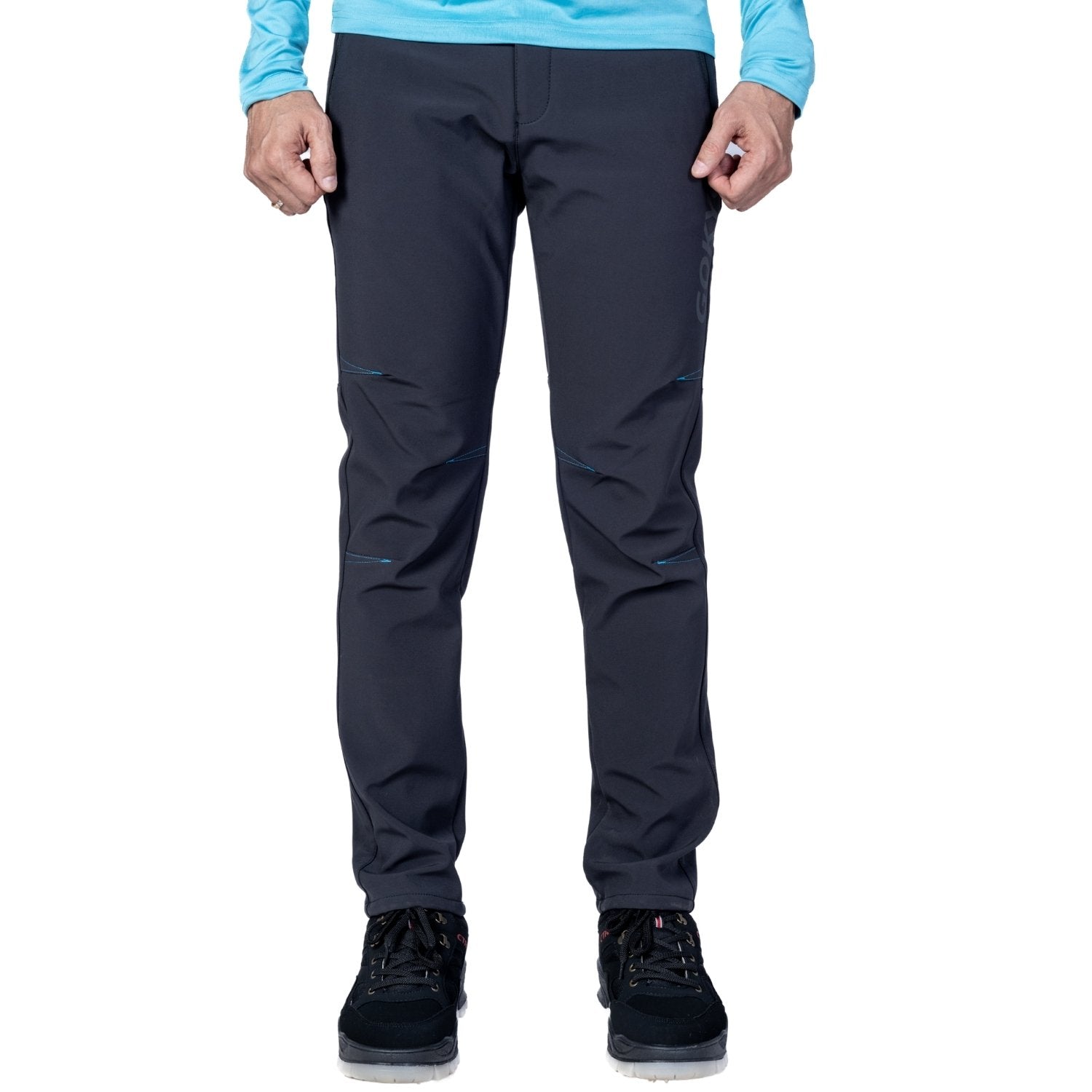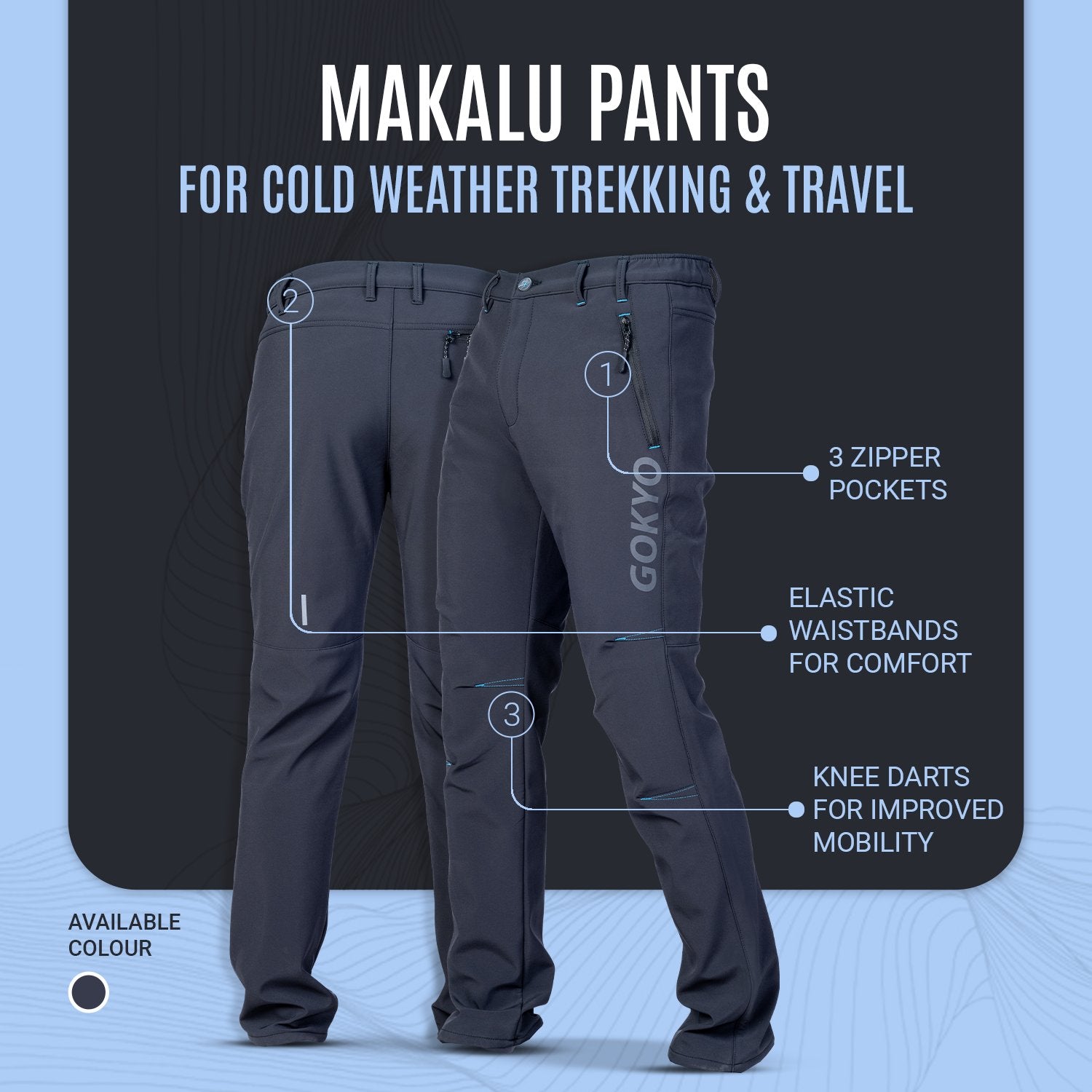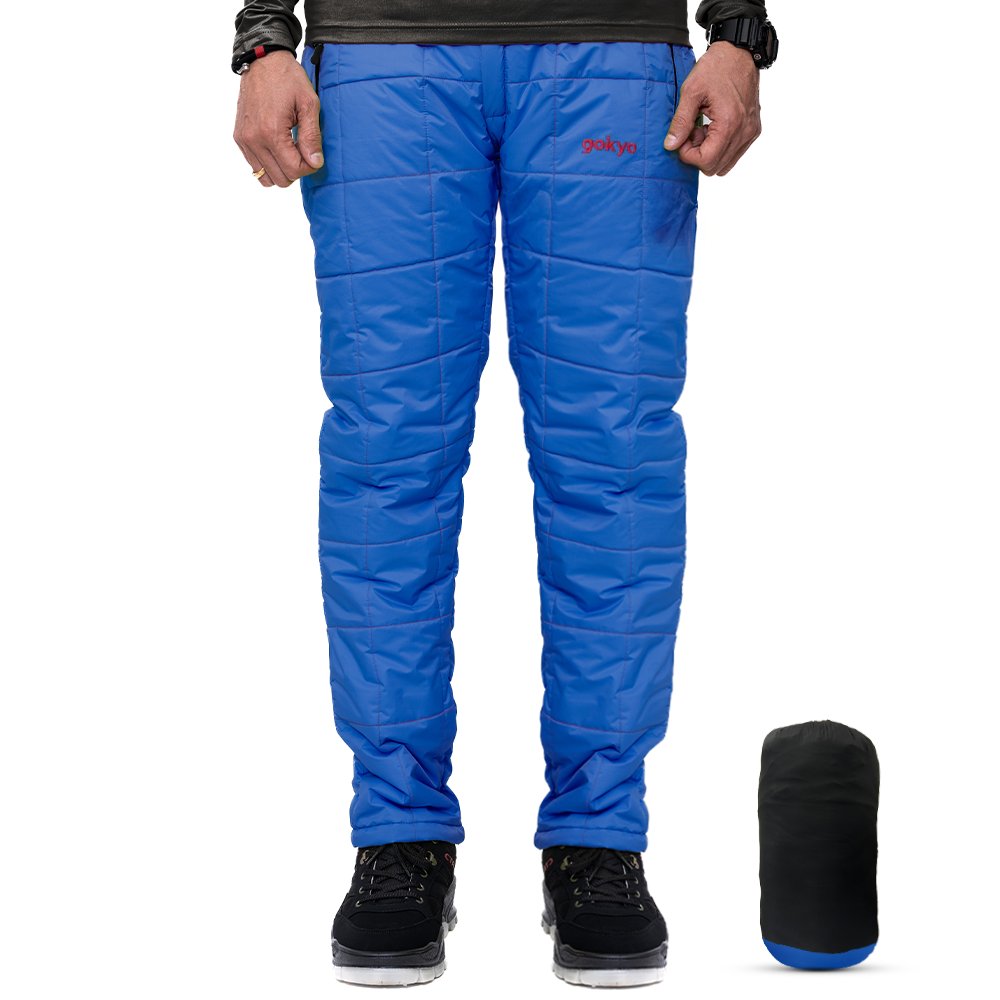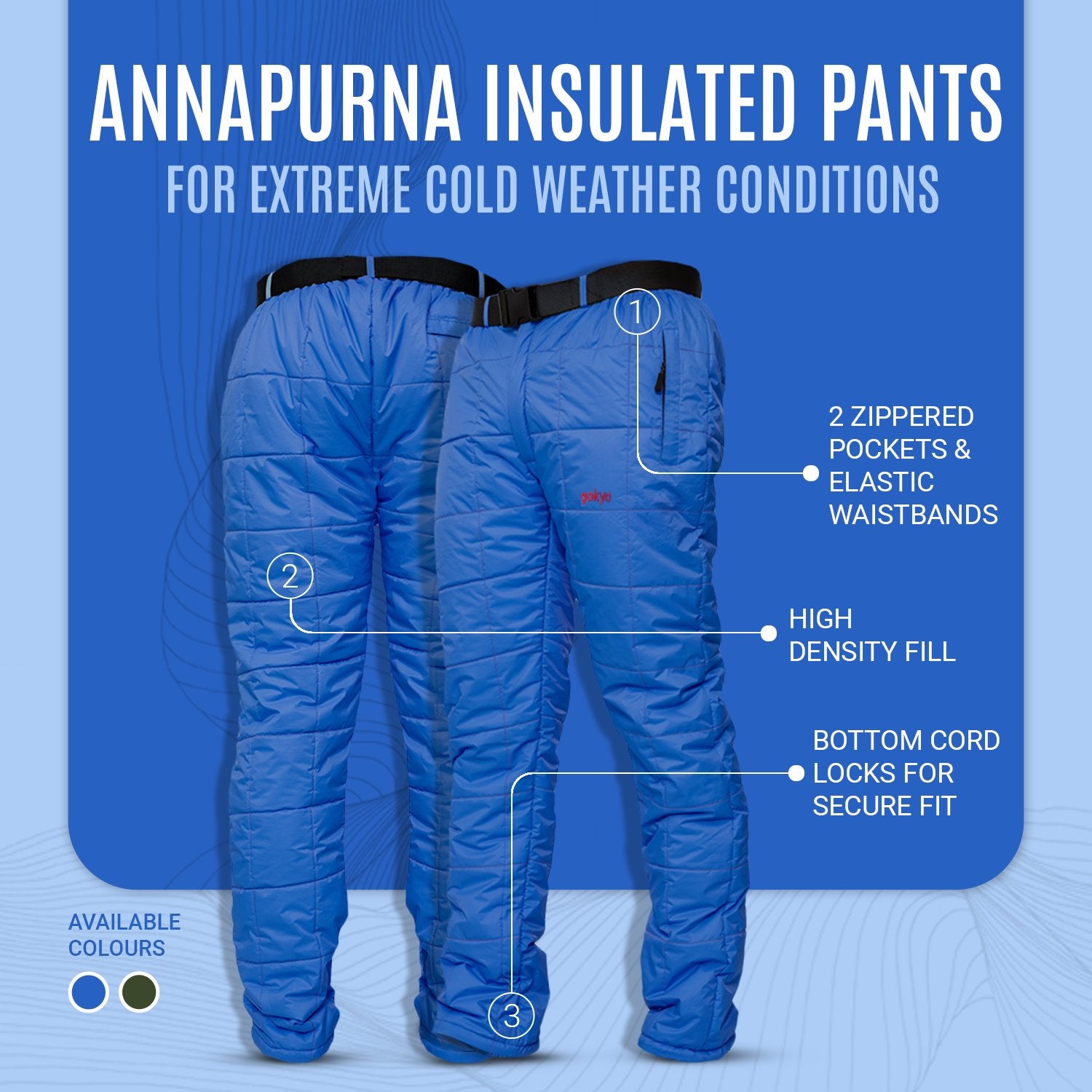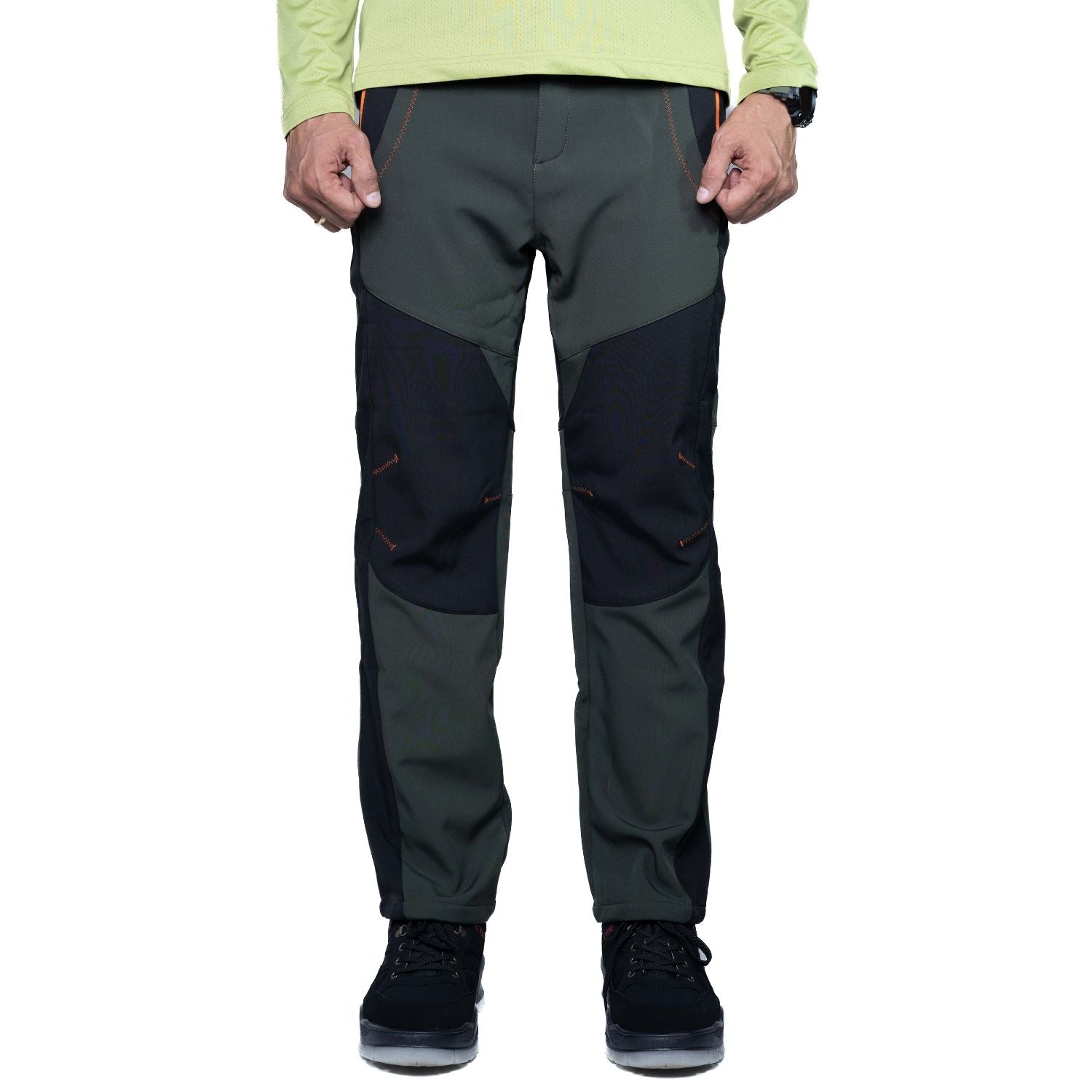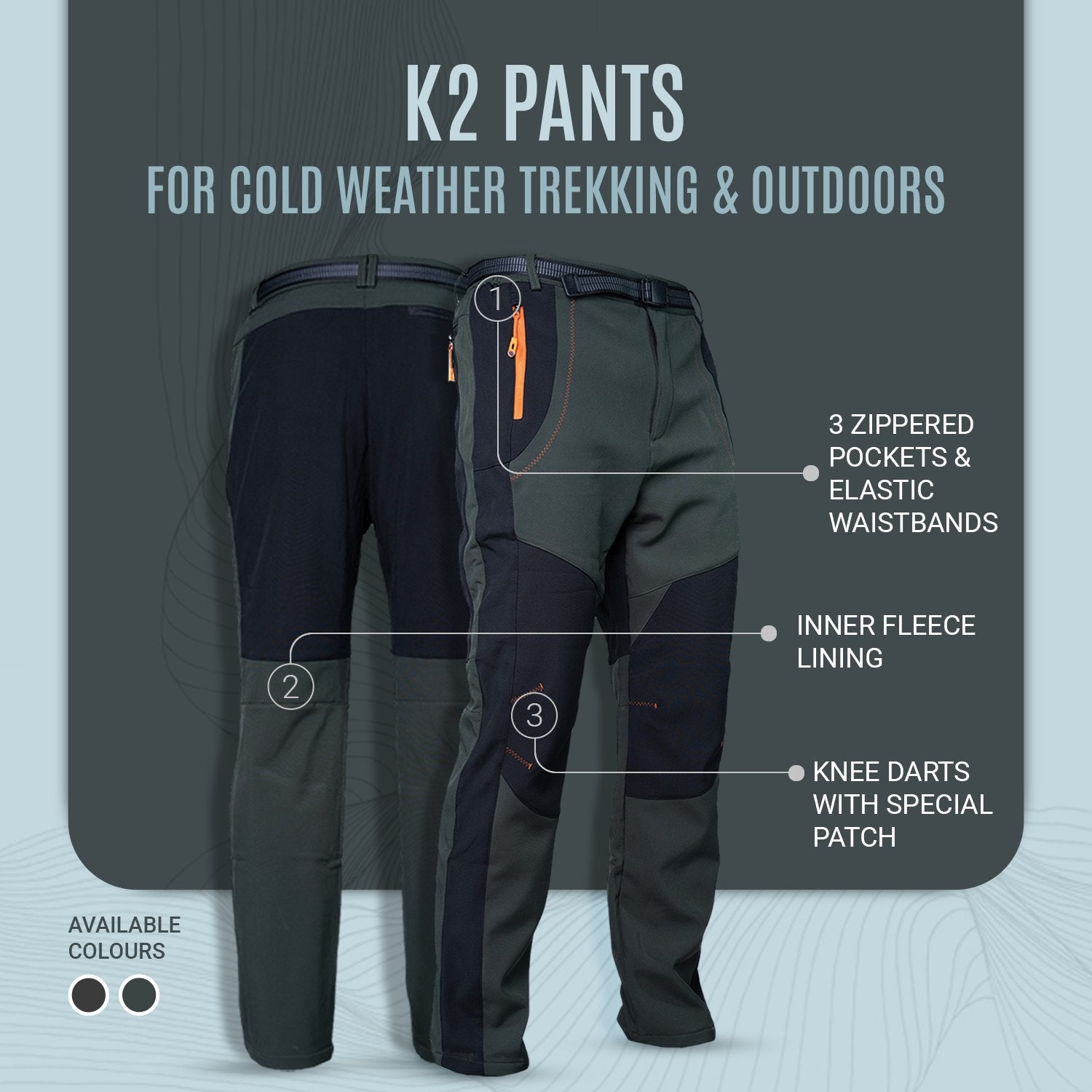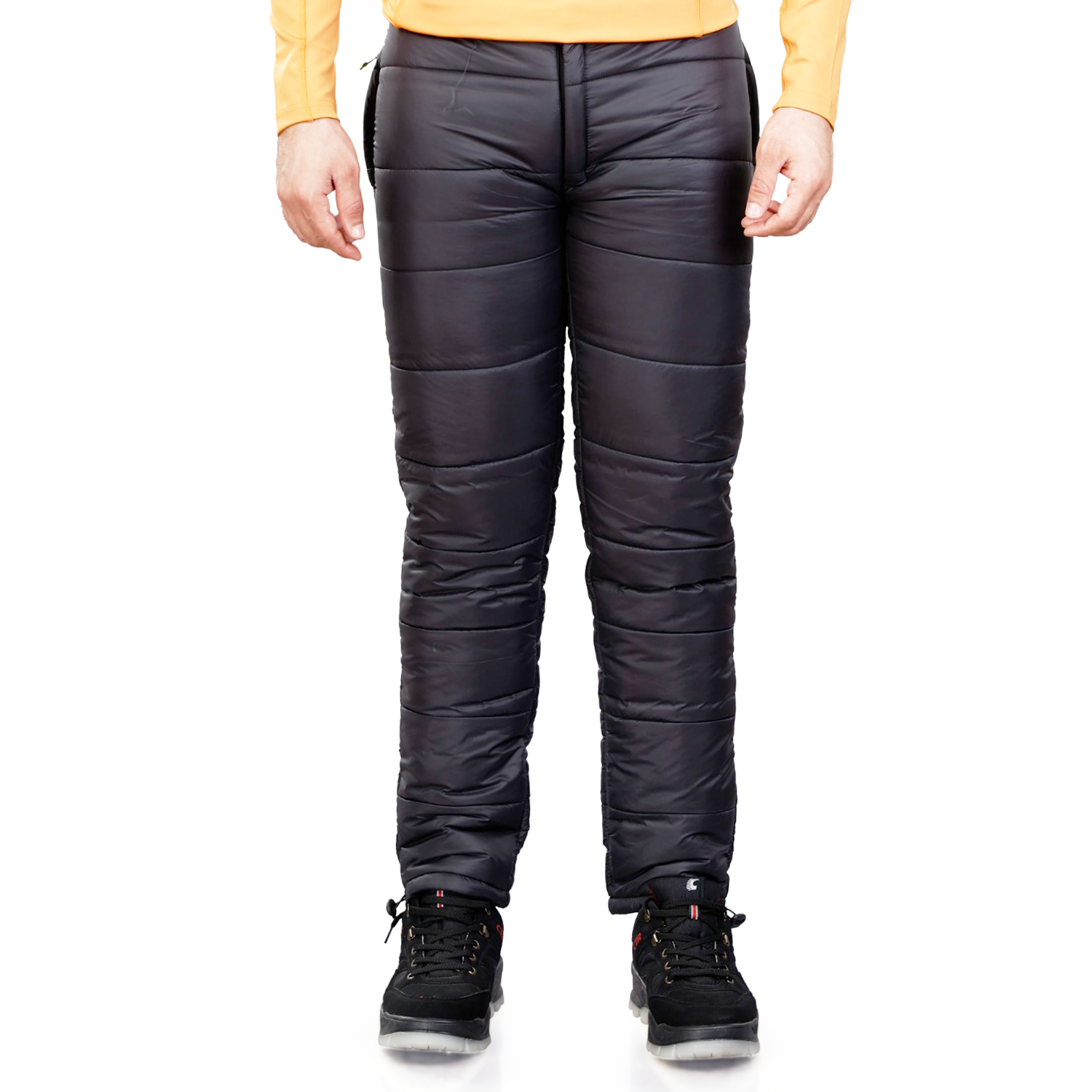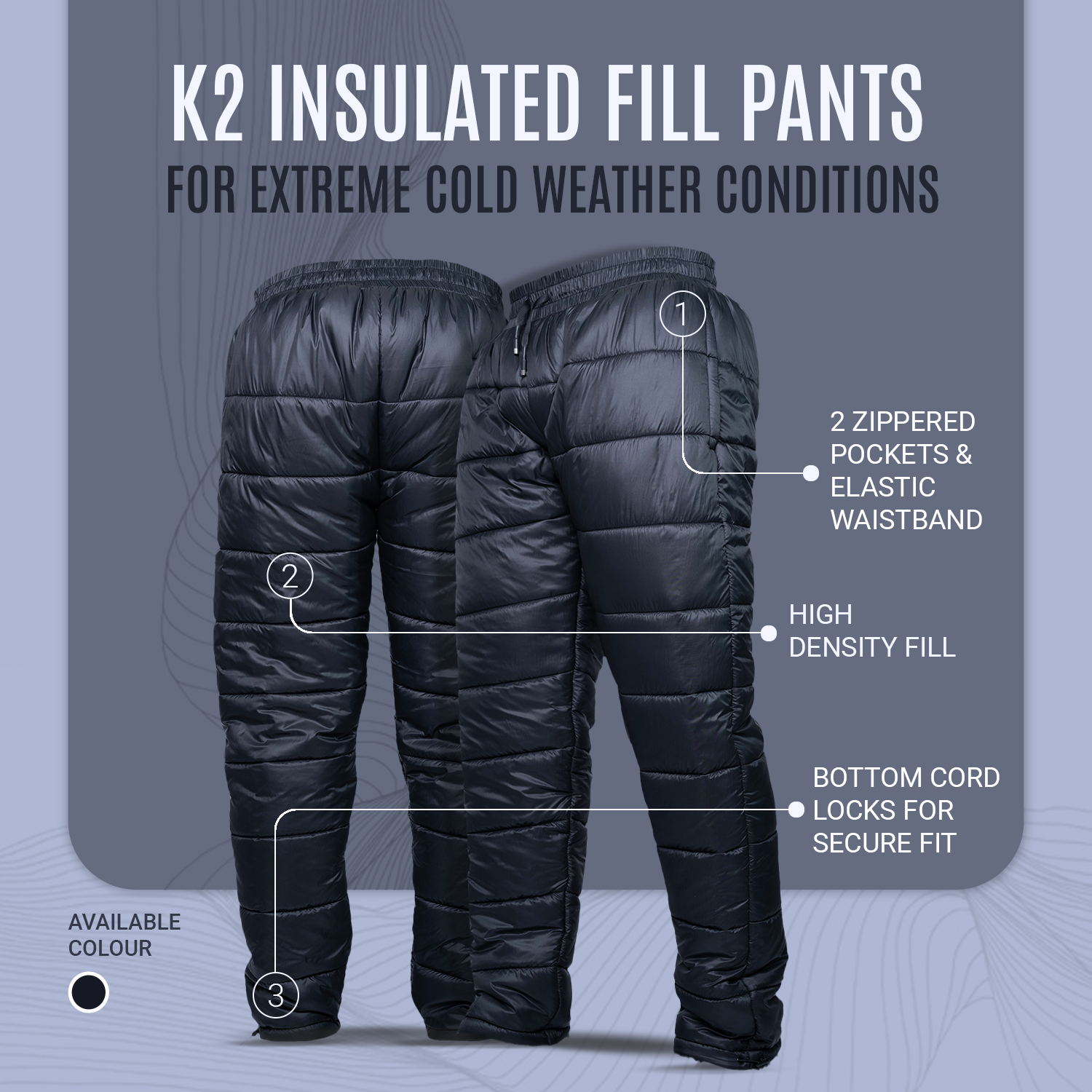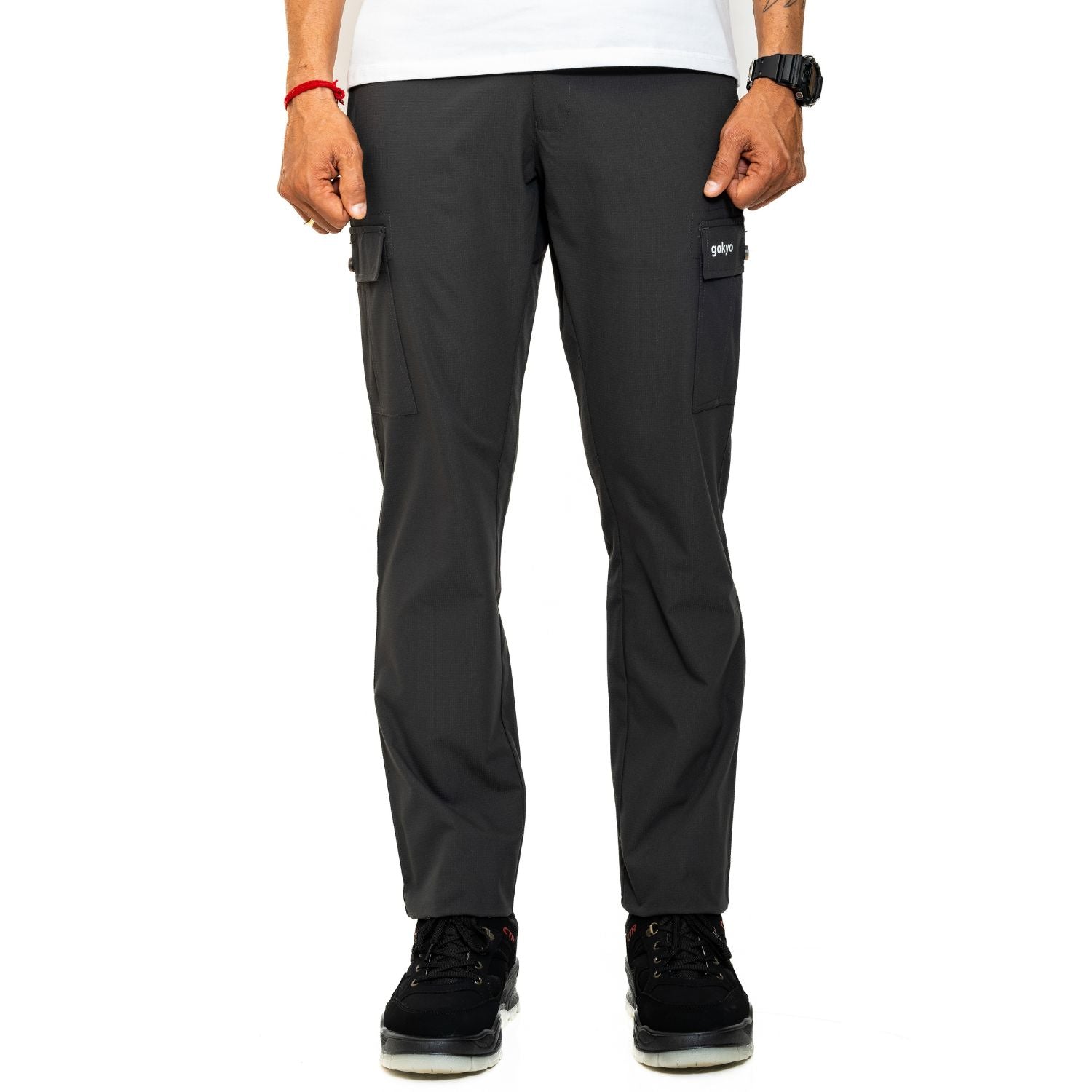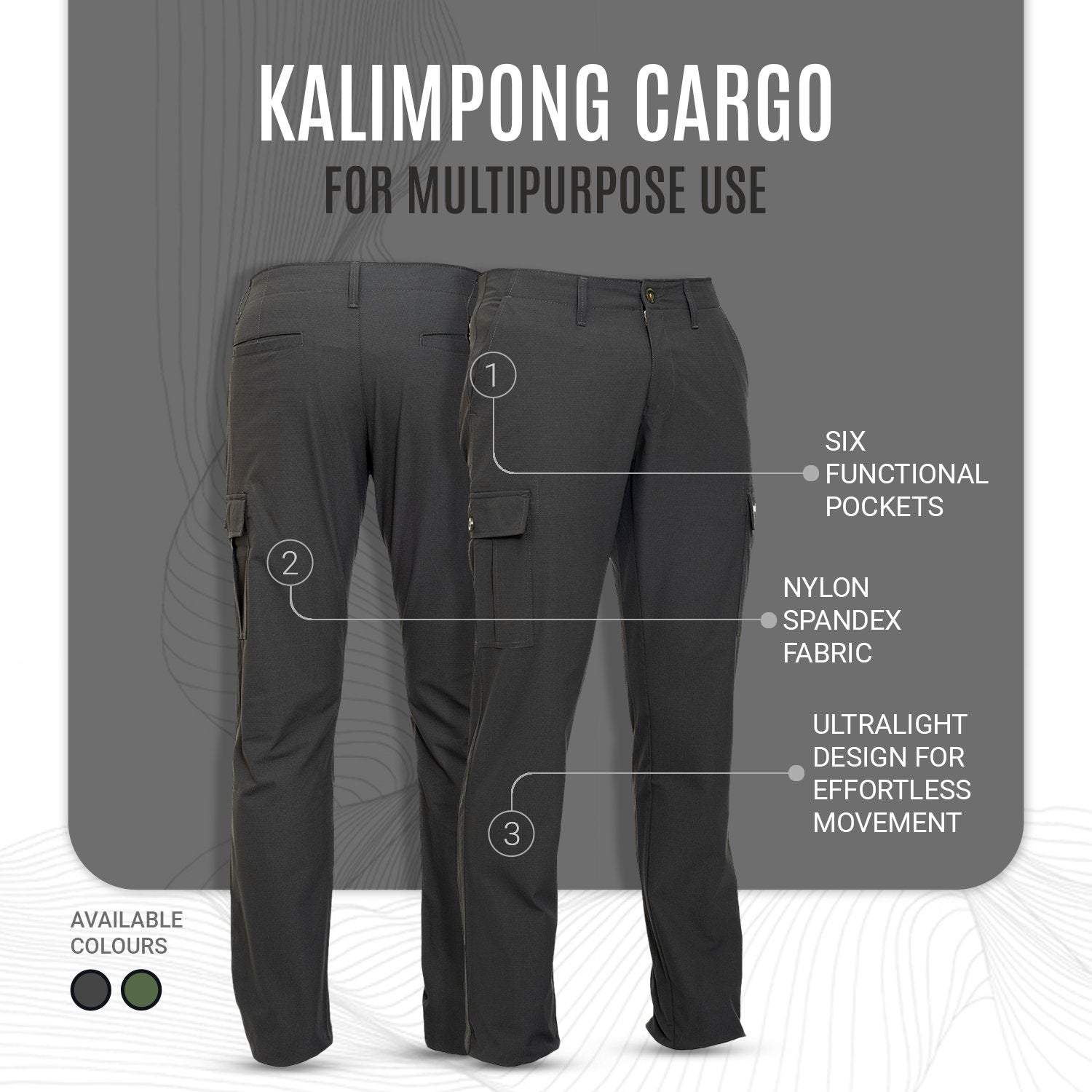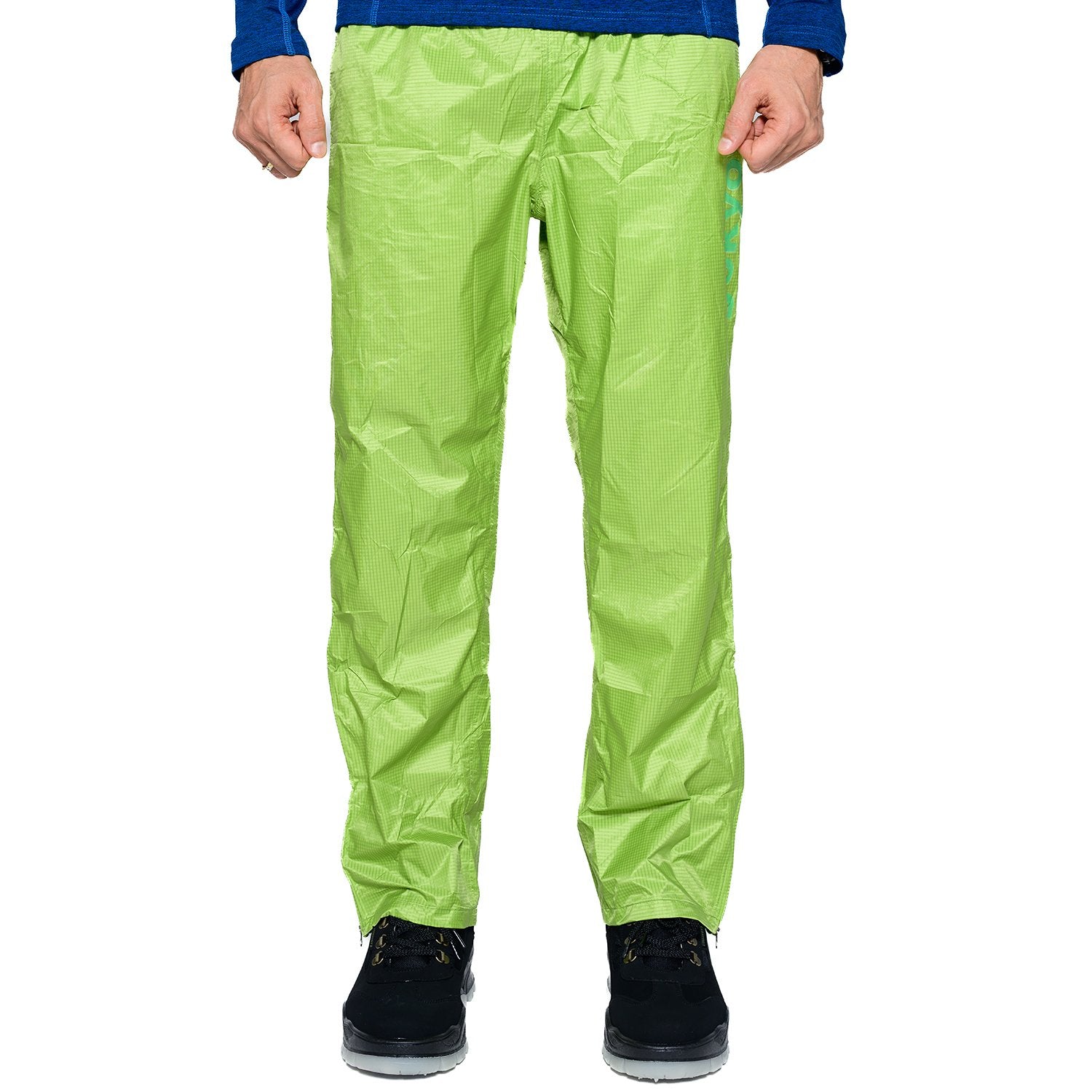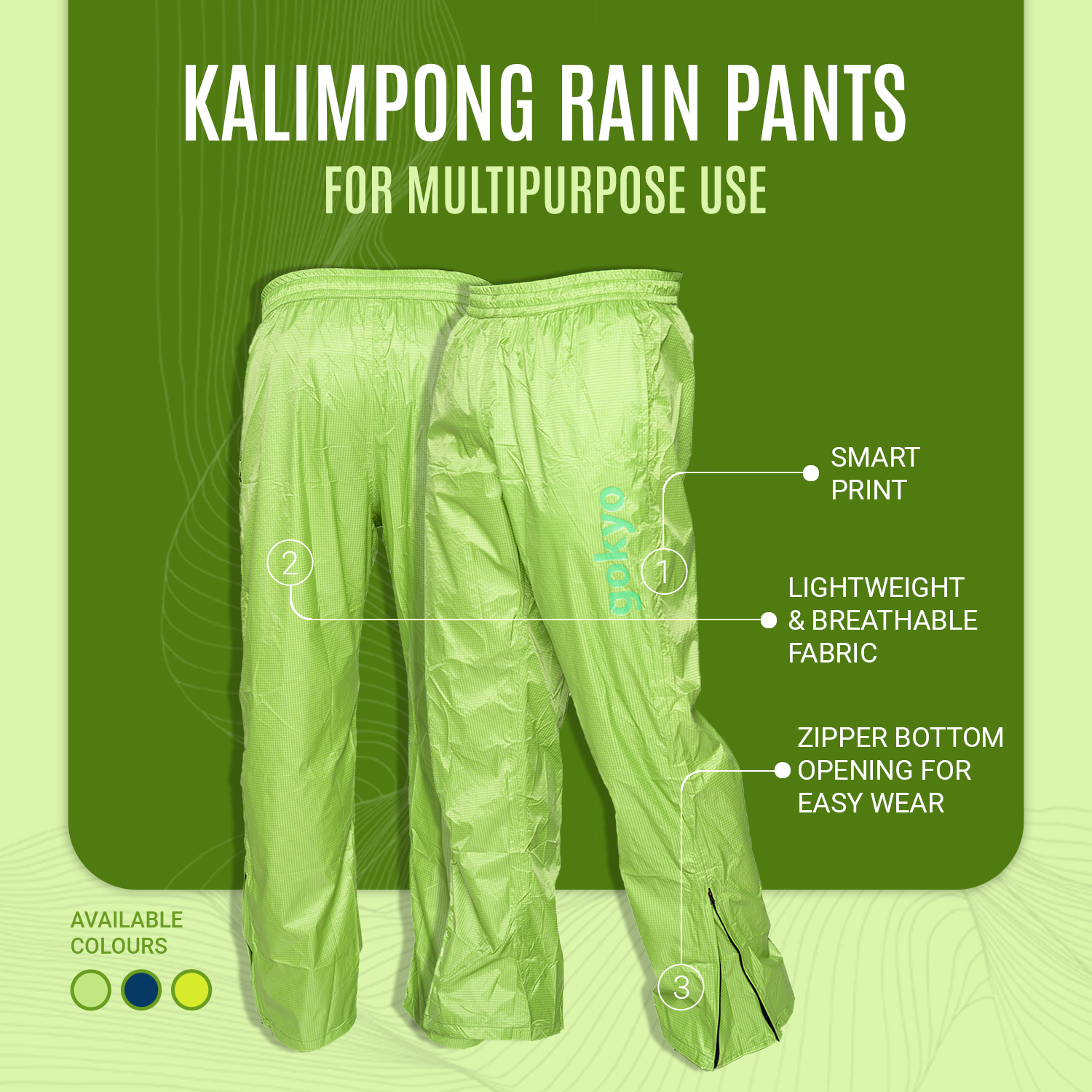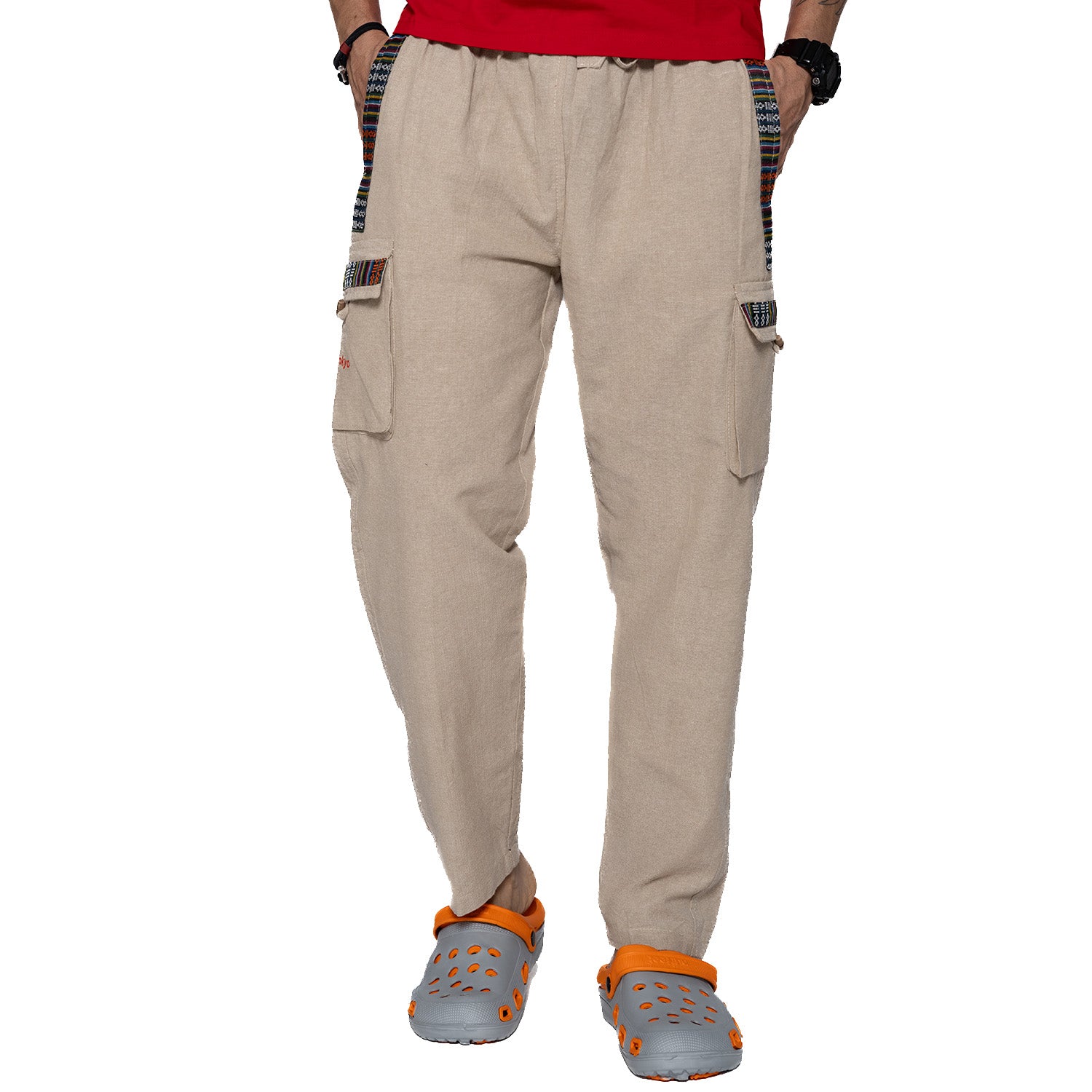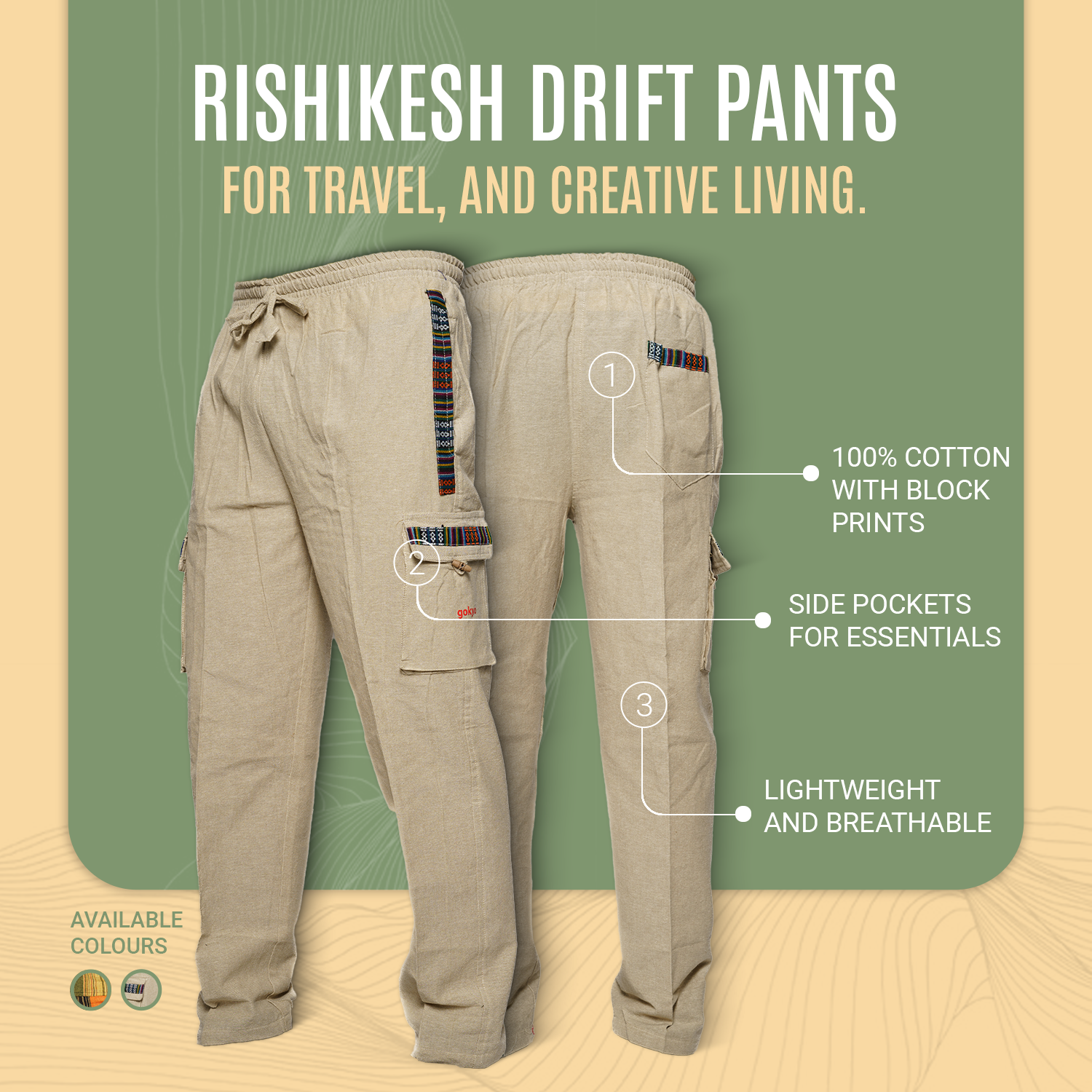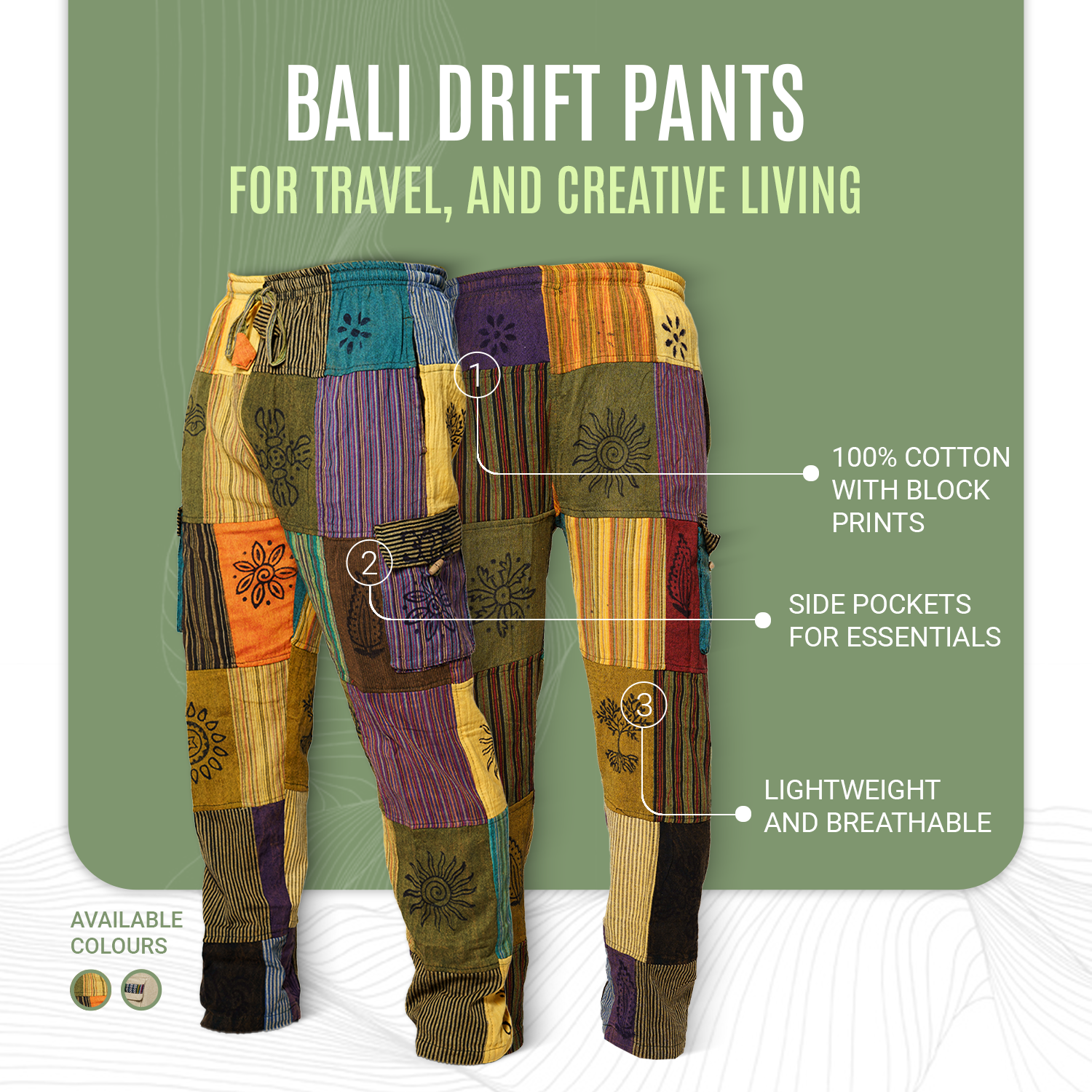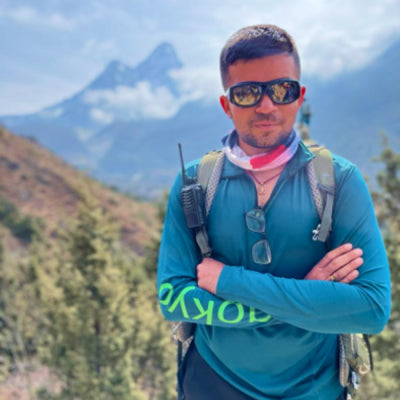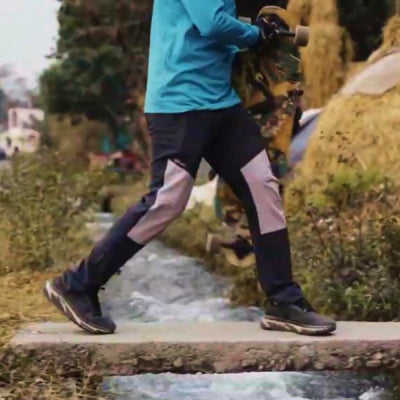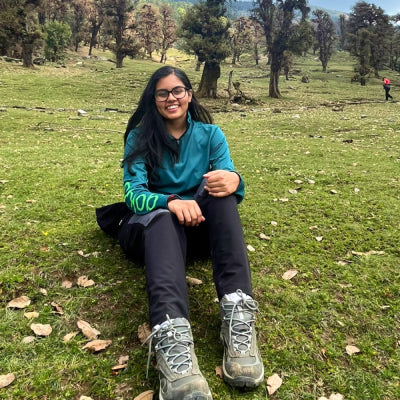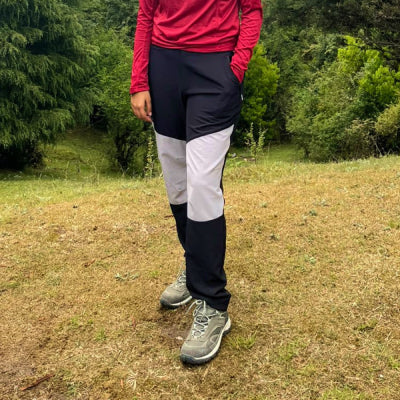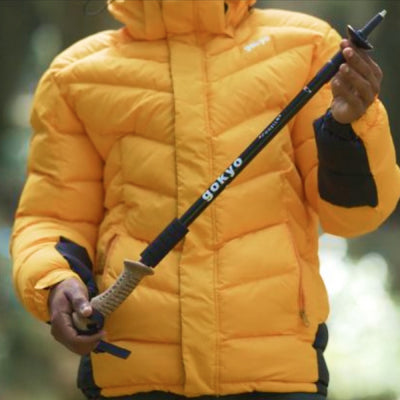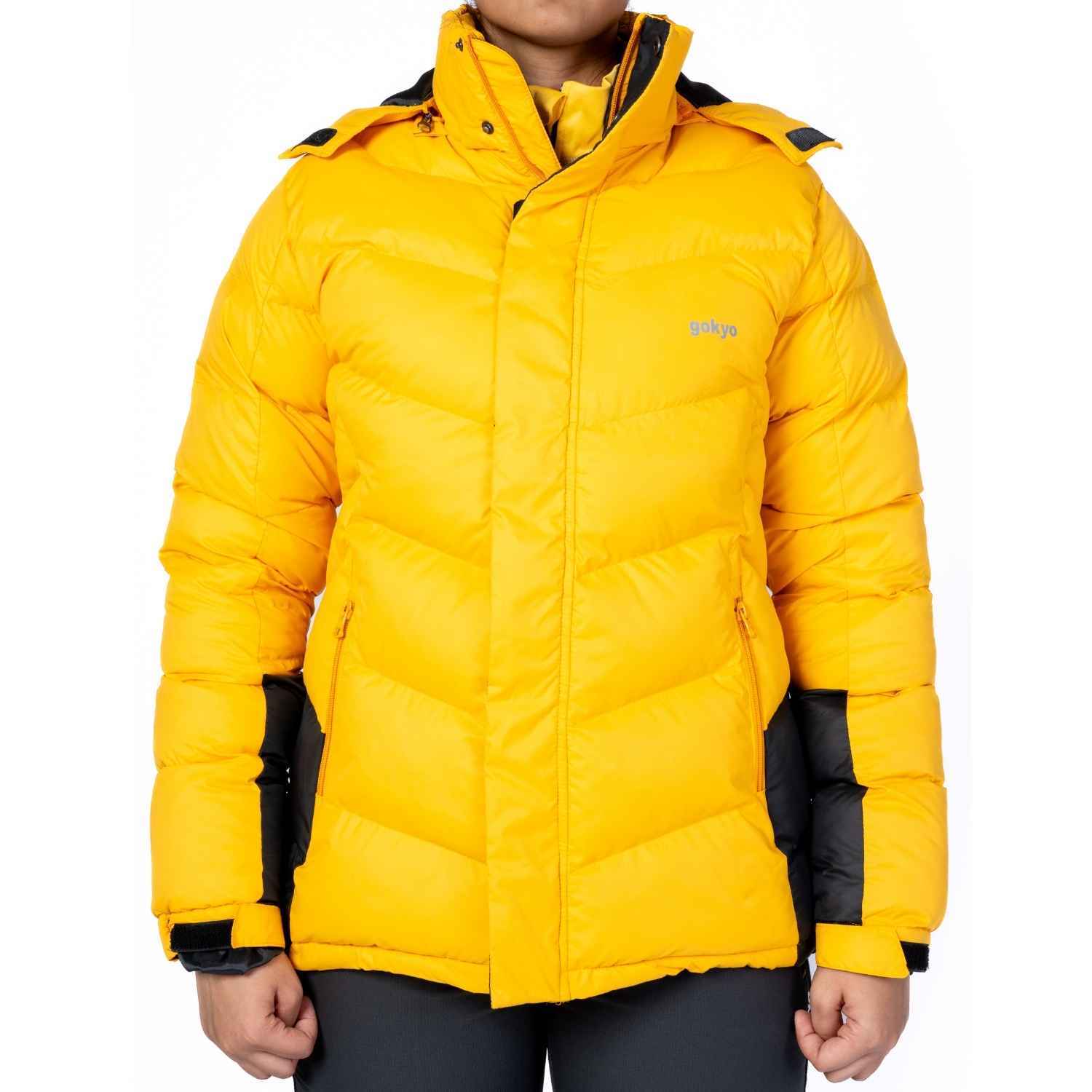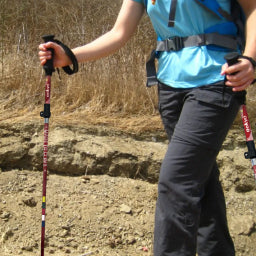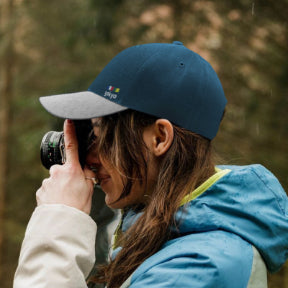Trekking Pants That Rub or Rip: Are You Wearing the Wrong Fit or Fabric?
Picture this: you're nearing the summit, savoring the view, ready for a photo—rip! Or worse, chafing inner thighs due to uncooperative trekking pants. Hardly the adventure you envisioned.
Constant tugging and adjusting signal a fabric and fit problem. Many hikers, particularly beginners, underestimate the importance of quality trekking pants, leading to rips, chafing, and discomfort. We're here to help you choose the perfect pair for your adventures.
Top-Rated Trekking Pants for Your Next Adventure
Why Trekking Pants Matter More Than You Think
Most people just grab their gym tights, joggers, or jeans and hit the trail. Big mistake. When you’re out on a hike or trek, your legs do most of the work—and they deserve way better.
Proper men’s trekking pants are designed to:
- Stretch as you climb, twist, or bend
- Protect against wind, sun, bugs, and brushes
- Offer ventilation in sweaty situations
- Avoid rubbing or sticking during long walks
So if your pants are causing more drama than the terrain, it’s time to upgrade. But before you go shopping, let’s figure out what’s going wrong.
Signs You’re Wearing the Wrong Trekking Pants
-
They’re rubbing your inner thighs
Chafing is real, and it hurts. This usually happens when the fabric is rough, too tight, or too loose and bunches up. -
They tear near the crotch or knees
Constant movement + poor-quality stitching = disaster waiting to happen. -
You sweat like crazy, but the fabric stays wet
That’s a one-way ticket to rashes and discomfort. Cotton is a major culprit here. -
They don’t move with you
If your pants resist every leg raise or squat, they’re killing your vibe and your hike.
Fit vs. Fabric: Let’s Break It Down
A good pair of trekking pants for men needs two key things: the right fit and the right fabric. Mess up either, and you're basically walking in a mobile disaster.
The Perfect Fit
- Athletic or Slim Fit: Ideal for minimizing excess fabric that can bunch up and cause friction.
- Gusseted Crotch: This extra fabric patch allows for greater leg movement without pulling or tearing.
- Articulated Knees: These mimic your natural leg movement, which means less stress on your pants—and your joints.
- Adjustable Waistbands: Because not every guy has the same waist-to-hip ratio.
Pro tip: Try sitting, squatting, and lunging while trying them on. If they fail those moves, leave them.
The Right Fabric
- Nylon-Spandex Blend: Lightweight, stretchy, quick-dry—basically your trek’s BFF.
- Polyester Mixes: Tough and moisture-wicking, ideal for damp or wet conditions.
- Softshell or Convertible Fabrics: For higher altitudes or changing climates.
Avoid cotton like a leech. It soaks up sweat and takes forever to dry, which means cold, soggy hikes and painful rubbing.
Bonus Features Worth Paying For
When you shop for premium trekking pants, look for these add-ons:
- Zippered pockets: For storing energy bars, keys, or a mini torch.
- Roll-up legs or zip-offs: Instantly turn them into shorts if it gets warm.
- Water and stain resistance: Because muddy paths and surprise rain are real.
- Ventilation zippers: For airflow on hot summer trails.
Still Struggling? You Might Need a Different Size or Style
Even the best pants can suck if the sizing’s off. Some men’s trekking pants are designed for slimmer builds, others for muscular thighs or longer legs. If you’re always experiencing rubbing, go for relaxed-fit styles or pants with inner thigh mesh panels.
How to Take Care of Your Hiking Pants
Even the strongest pants need some TLC. Follow these to make them last:
- Wash them inside out
- Avoid strong fabric softeners (they ruin water resistance)
- Air dry, don’t toss in the dryer
- Store them rolled, not folded
Frequently Asked Questions (FAQs) : Let’s Tackle the Real Questions
1. Why do trekking pants often tear in the crotch?
This is often due to poor stitching or inflexible fabric. Look for gusseted crotches and stretch materials like nylon-spandex blends.
2. Best fabric for summer hiking?
Lightweight trekking pants in polyester or quick-dry nylon are ideal for breathability and sweat-wicking.
3. Are tight pants good for hiking?
They shouldn't be skin-tight, but rather fit snugly without restricting movement. Trekking pants with articulated knees and elastic waists are ideal.
4. How many pockets are too many?
Honestly, 3–5 pockets are ideal. Go for zipper closures so nothing falls out while climbing or descending.
5. Can I wear trekking pants for other activities?
Hiking pants are versatile for travel, biking, camping, and even casual wear.
6. What's better—full-length or zip-off trekking pants?
Depends on your trail. Zip-offs are great for fluctuating temperatures, while full-length ones offer more protection against scratches, bugs, and sunburn


